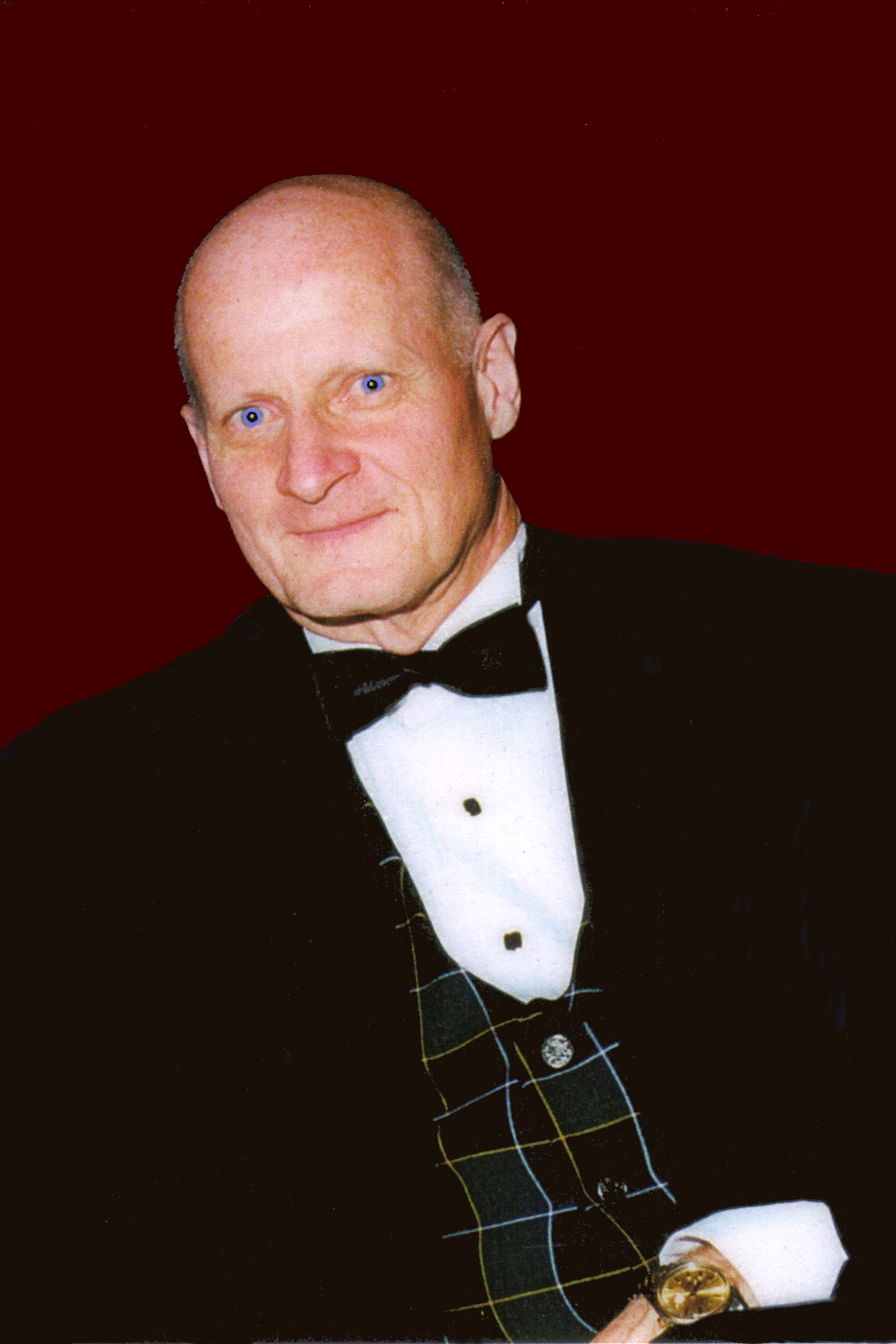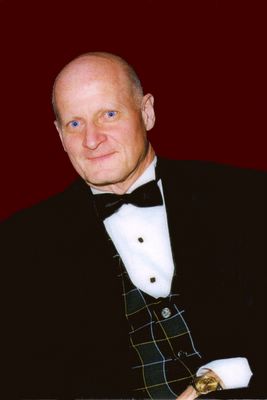By Kevin J. Barrett
It is interesting!, that if there is anything that you want to get, or if there is anything you need in this life, then it will probably involve someone else’s help in getting it. This is true no matter who we are and what we do, It is particularly important if you are in “Sales”. No matter what you do, the ability to develop and maintain rapport with a large range of people with varying backgrounds will allow you to get what you want most of the time. Having rapport with someone will allow you to do most anything. In the sales process probably the most important skill to develop is the skill of “establishing rapport”.
The basis of rapport is that when people are like each other, they tend to like each other. We tend to associate and relate to people better when they are, similar to us. When people are not like each other, they tend to not like each other. A successful Sales professional needs, to he able to expand the range of people they will be able to relate to. It is important to remember that the “Sales Process”, is really the process of “communications”.
Each person is 100% responsible for their own communication, and the true meaning of communications is the response you get from that communication. Your response equals your meaning and all meaning iscontext (process or structure) dependent. This means that the words we use require context for meaning. (Alfred Korzyhski, General Semantics, 1933). If you are not getting the response you want, It is up to you to find a way of communicating what you want in a manner that will obtain the response you want. This means increase rapport. It is not the fault of the other person. This is one of the hardest concepts for people to accept. It is so much easier to blame the other person for not understanding.
When it comes to communications and establishing rapport it is important to remember that 93% of the meaning (response) in the communication process takes place on an unconscious level. Only 7% is based on objective words or at a conscious level, while 38% is based on the tone of voice and 55% is based on physiology, which is by an large unconscious.(Robert Birdwistle, University of Pennsylvania,Kinesthetics and Communications. 1970).
Have you heard the saying; “Buyers are Liars”? I don’t believe Buyers are liars. I believe it is up to the Sales Professional to polish their communication skills and “sensory acuity” to obtain the responses they want, and to assist their clients in “Buying and owning” what they want. Helping them achieve what they want. People do not like to be sold, but they love “Buying and Owning”. It is the “Sales Professional’s” responsibility to assist people in “Buying and Owning”.
What often happens in life is that we associate with people who are most like us. If people are not like us we move away from them. This can limit our life experiences. In sales, this can limit the number of prospects in which we can relate effectively with and in turn limit those where we can have successful sales outcomes. I believe that successful living is really Success: Full Living, and successful sales is reallySuccess: Full Sale.
One of our goals in life is to be able to achieve and have what we want. To do this it requires that we have the help and support of others. To gain the help and support of others we need to be able to establish rapport with them so that they want to willingly help us. The greater range of people we are able to relate with improves the scope in which we will be able to have Success: Full Living or as we say in sales,Success: Full Sales.
The following is a five step sales process that can quadruple your Success: Full Sales. It outlines a proactive approach that will enhance your ability to dynamically adjust and control the sales and communication process so that it is exactly matched to the client. Everyone is different and once we can determine the various strategies people use we can assist them in achieving what they want in their life. The following is based on an N.L.P. communications model. To learn more about these strategies and models contact Kevin Barrett at www.kjbarrett.com
1. Establish Rapport: Remember, people who are like each other tend to like each other. Match and Mirror the other person, their:
• Physiology
• Tone of voice
• Representational system
• Breathing
• Key words
2. Ask Questions: The questions you ask are directly related to the business of the person who you are interviewing. Talk their language. Ask questions in the language of their business.
• “For what purpose.....”
• Discover client’s internal representations (fear or pleasure, moving toward this or away from things, etc), desired states.
• Meta Model
• Discover their internal strategies and anchor their needed to those states
• Discover Meta Programs and Values.
3. Find a Need: Establish need - establish value. No need? Stop here. Find another client. There are plenty of clients to work with that have needs.
• Anchor it - Anchor it (Need)
• Conditional close
• Tag questions.
4. Link the their Need or their Value to your Product or Service:
• Conditional close (“Is it fair enough....)
• “What would happen if…
• “Compared to.. . .“ (Contrast Frame)
• Because “ I agree with you because….)
• Agreement Frame
• Fire Anchors that supports them
• Use strategies and language patterns
5. Close:Ask for the order. Chain anchors to:
Handle Objections
• If no: (go to #3)
• If yes: Future pace. Fire! The reassurance anchors. Get referrals
Resistance to your message almost always indicates lack of support. If that happens at any point, build more rapport. Remember there is no such thing as uncooperative buyers or clients, only inflexible sales people. In 1930 Norbert Weiner, in his book Cybernetics, came up with the Law of Requisite Variety, which means that the system/person with the most flexibility of behaviour will control the process or system. The Sales Professional with the most flexibility of behaviour will have the most Success: Full Sales.
This is a very effective outline in achieving Success:Full Sales



